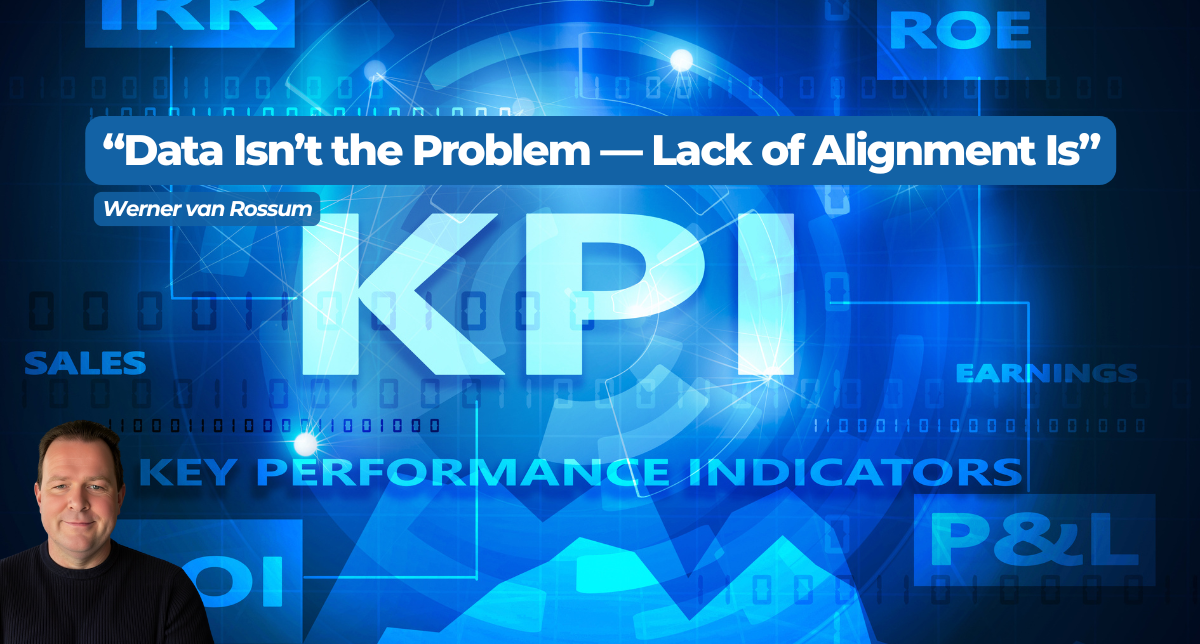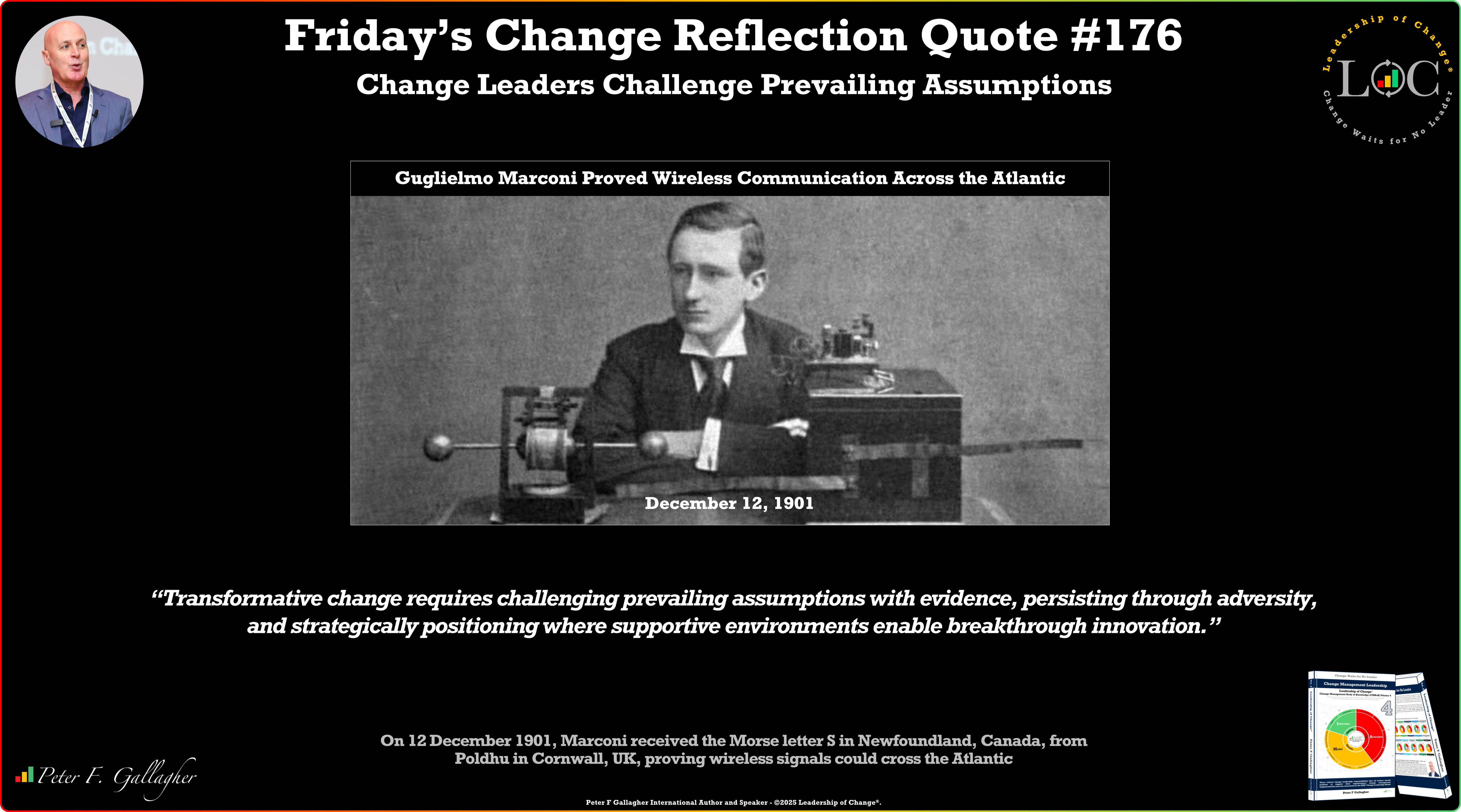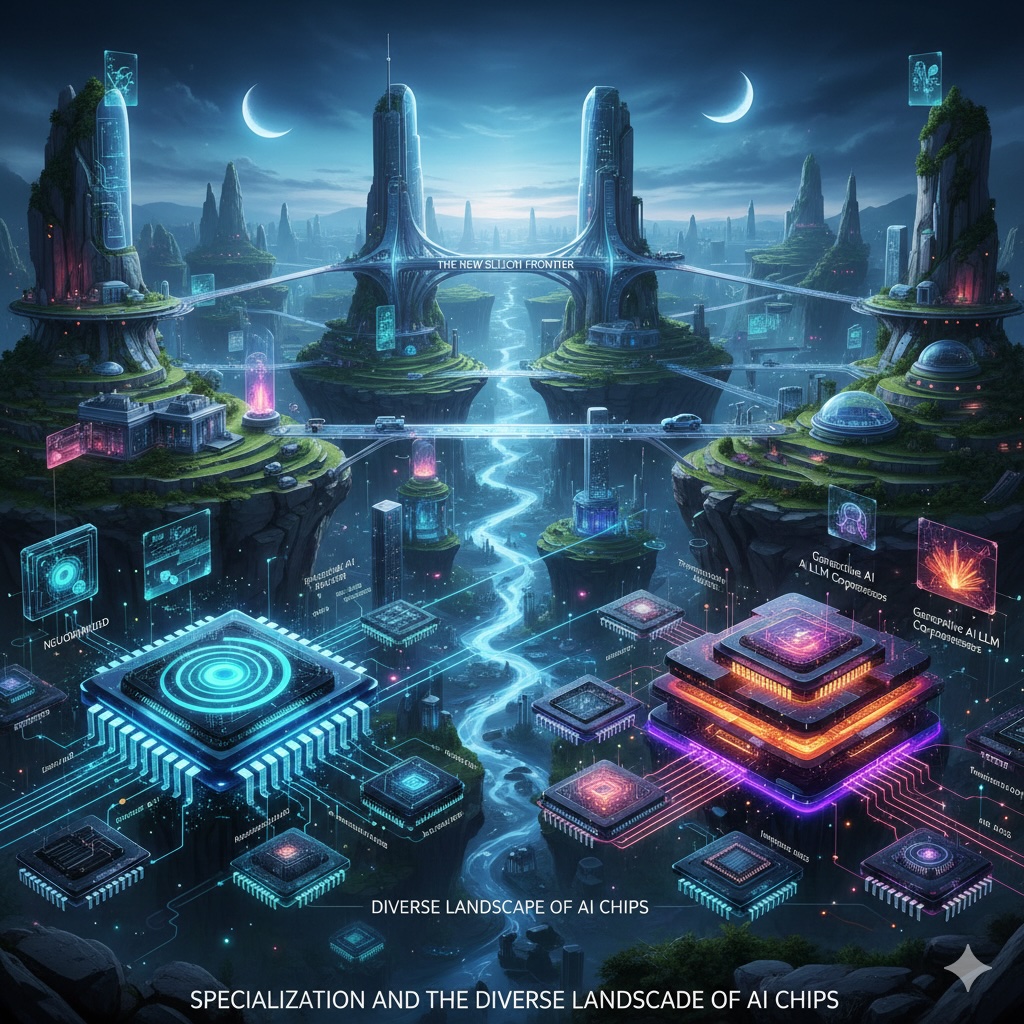Nov21

Last autumn, in the hills outside Seville, I watched a neighbour flick through a battered notebook full of pencilled entries: planting dates, irrigation notes, guesses at soil moisture. No timestamps. No GPS. No audit trail. Just memory and trust.
“In the end,” he shrugged, “this is the data.”
That line stayed with me long after I left his olive grove, because it captures the central dilemma facing every global supply chain leader today - not just in food, but in electronics, apparel, chemicals, building materials, you name it:
The data you need is held by suppliers you don’t know, in systems you can’t access, in formats you can’t verify.
And yet that data, not the neat ERP dashboards inside your own four walls, now determines your climate credibility, your regulatory exposure, your supply-chain resilience, and your commercial edge.
This is particularly brutal for food brands. For many, 70–95% of emissions sit on farms they don’t own, can’t see, and often can’t even identify.
Not because they don’t care.
But because the chain between farm and brand is long, tangled, and historically opaque:
Farm → co-op → trader → processor → manufacturer → retailer
(Identity evaporates somewhere around step two.)
So how can a Nestlé, a PepsiCo, a Danone, or a mid-sized regional brand, possibly report accurate Scope 3 emissions when half their upstream partners don’t appear on a map?
That’s why this week’s episode of the Resilient Supply Chain Podcast matters. It’s not “an agri-tech story.” It’s a case study in solving the hardest problem in Scope 3:
getting trusted, primary, machine-level emissions data from suppliers you don't control.
Suppliers aren’t just nodes; they’re partners.
Data isn’t just reported; it’s measured.
Incentives aren’t peripheral; they’re foundational.
And resilience isn’t an aspiration; it’s an architecture.
If you want to see where Scope 3 is going, and what your industry must learn from food, listen to this week’s Resilient Supply Chain episode with eAgronom’s team.
It’s not about agriculture.
It’s about the future of supply-chain data.
And that future starts long before the factory, in places most brands have never looked.
This article was first published on TomRaftery.com. Photo credit Adelina S on Flickr
By Tom Raftery
Keywords: Risk Management, Supply Chain, Sustainability
 Data Isn’t the Problem. Alignment Is.
Data Isn’t the Problem. Alignment Is. Friday’s Change Reflection Quote - Leadership of Change - Change Leaders Challenge Prevailing Assumptions
Friday’s Change Reflection Quote - Leadership of Change - Change Leaders Challenge Prevailing Assumptions The Corix Partners Friday Reading List - December 12, 2025
The Corix Partners Friday Reading List - December 12, 2025 Measuring the True ROI of Automated Claims Processes: Beyond Speed and Cost
Measuring the True ROI of Automated Claims Processes: Beyond Speed and Cost The New Silicon Frontier: Specialization and the Diverse Landscape of AI Chips
The New Silicon Frontier: Specialization and the Diverse Landscape of AI Chips